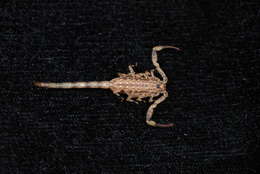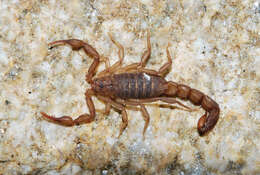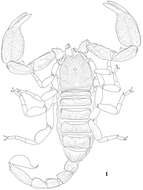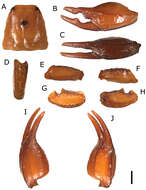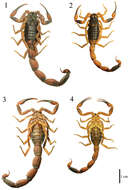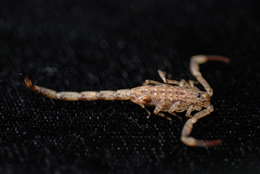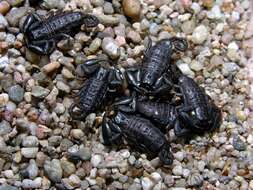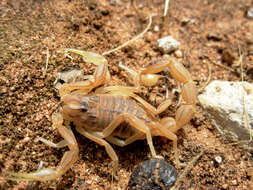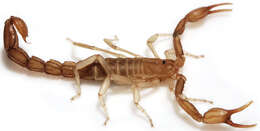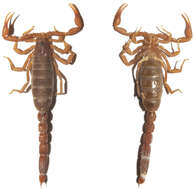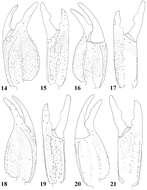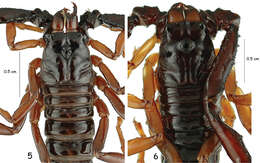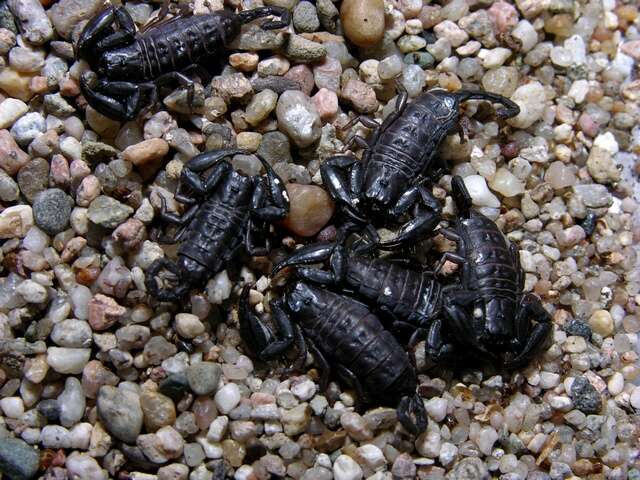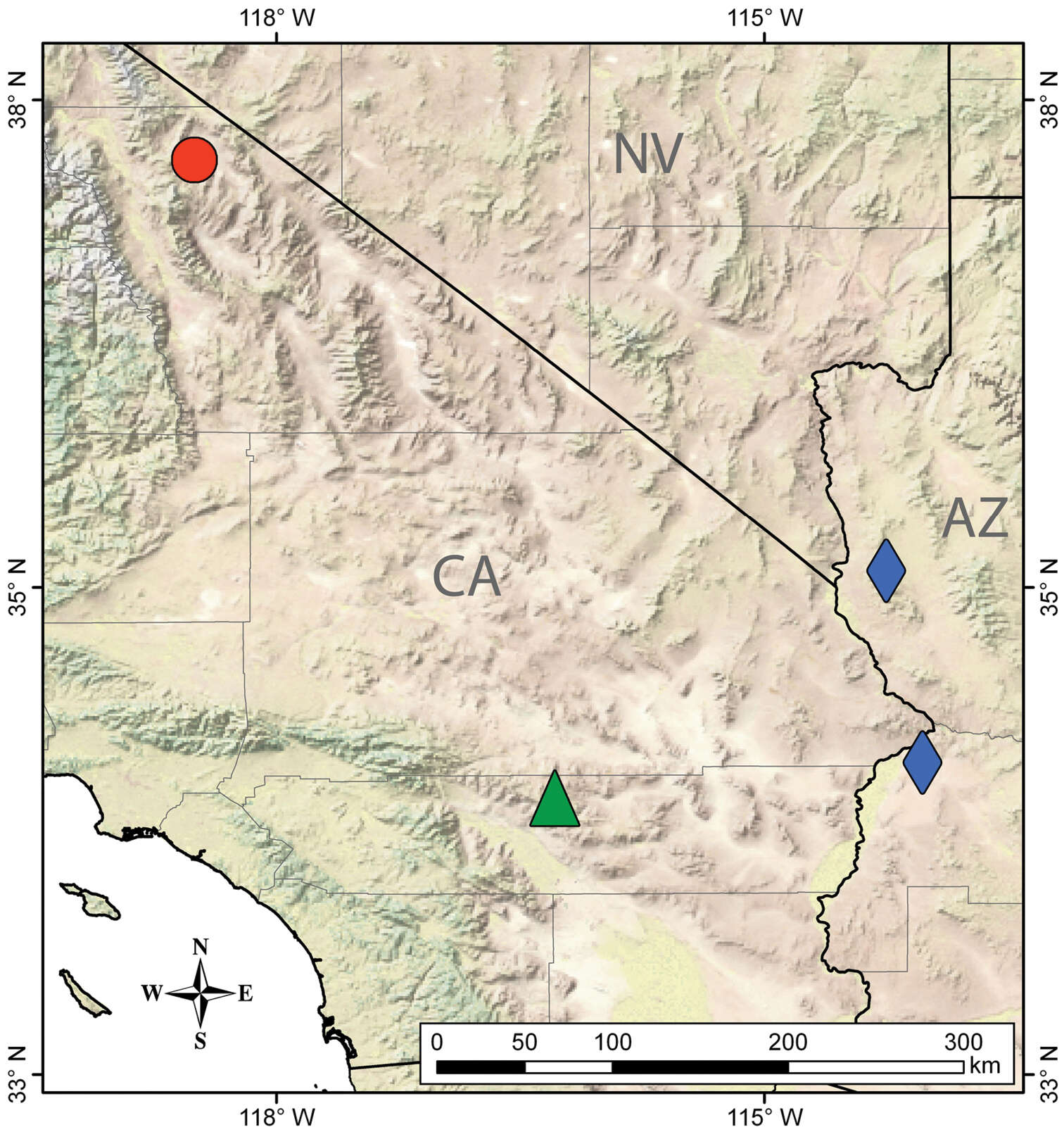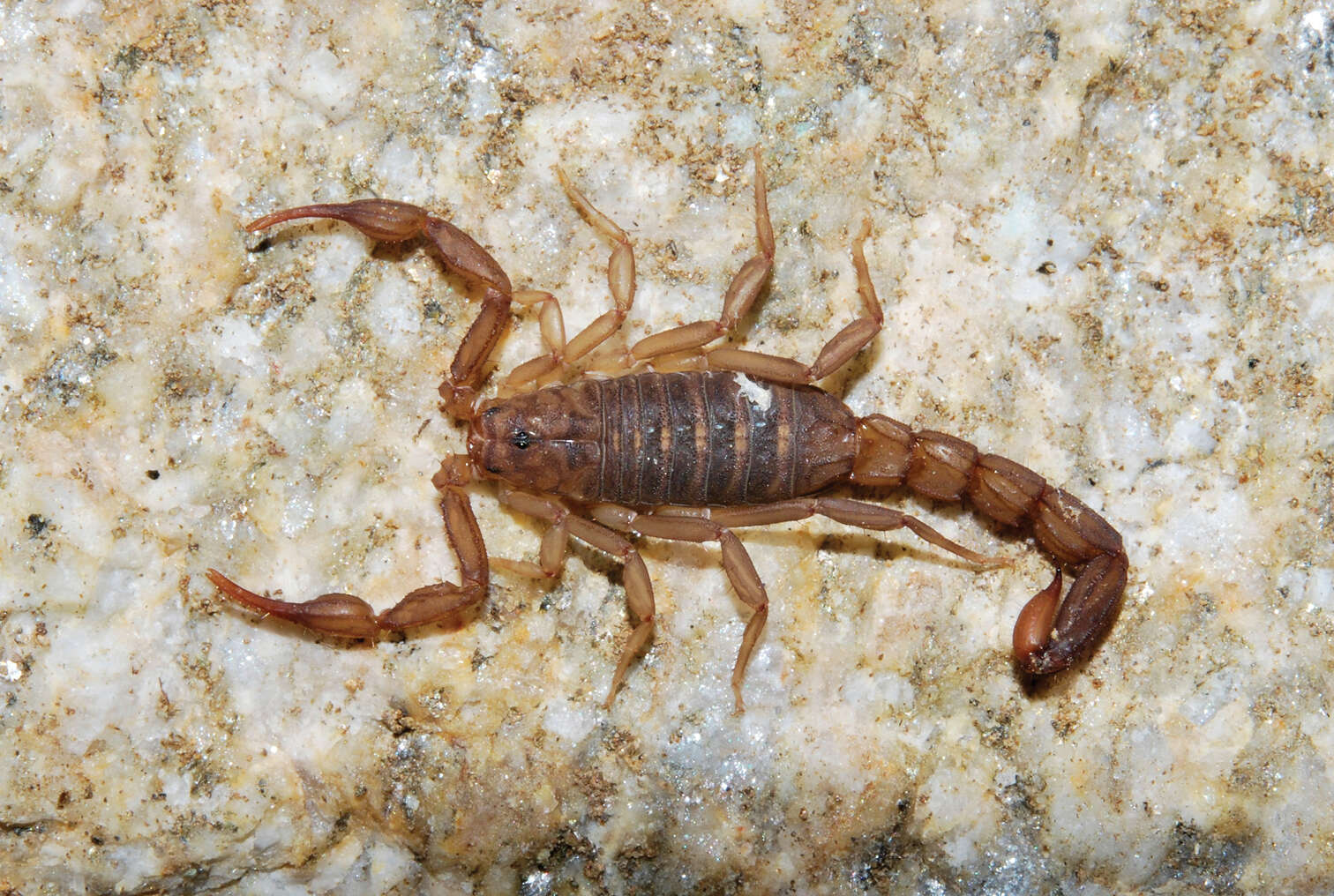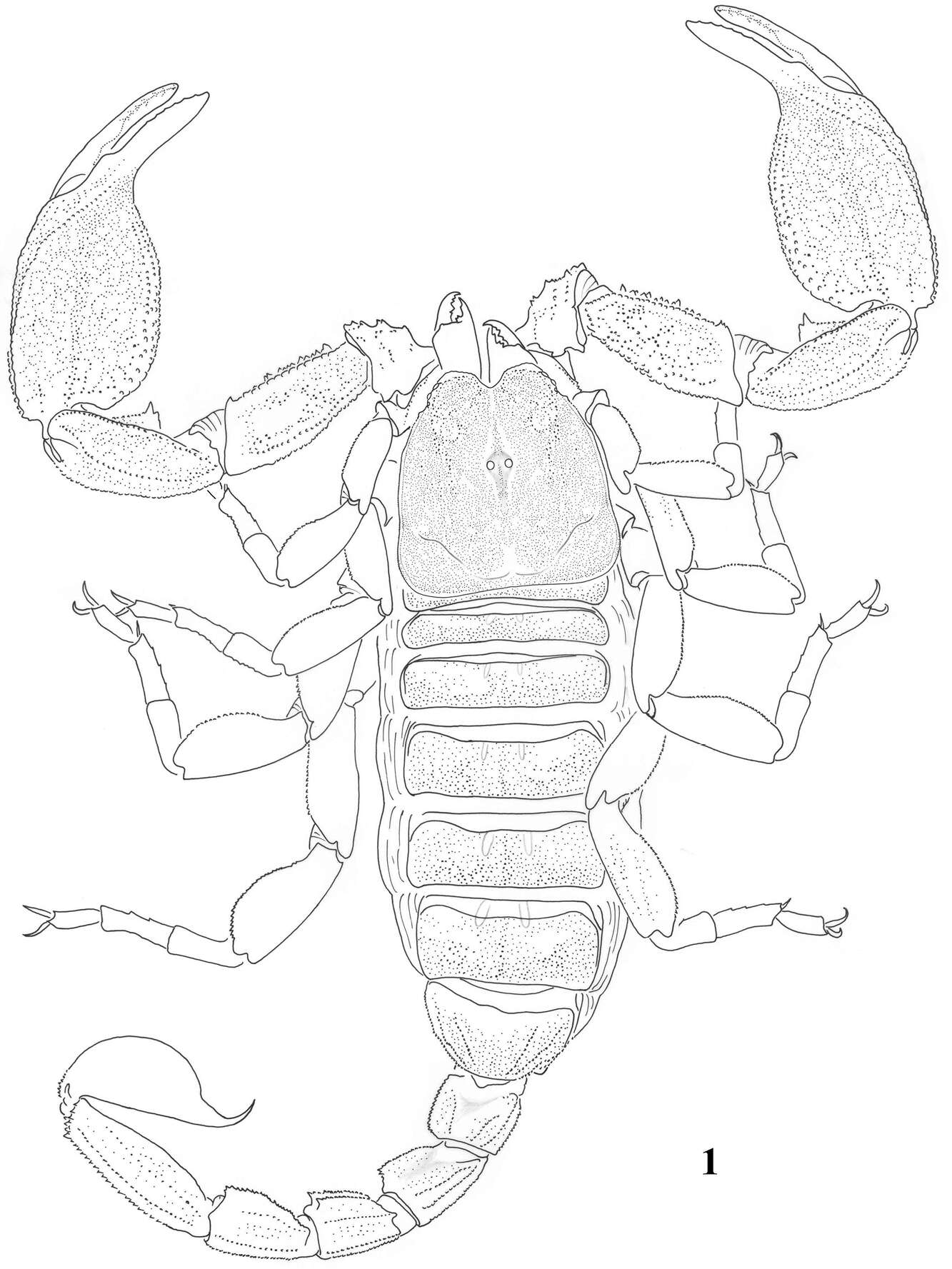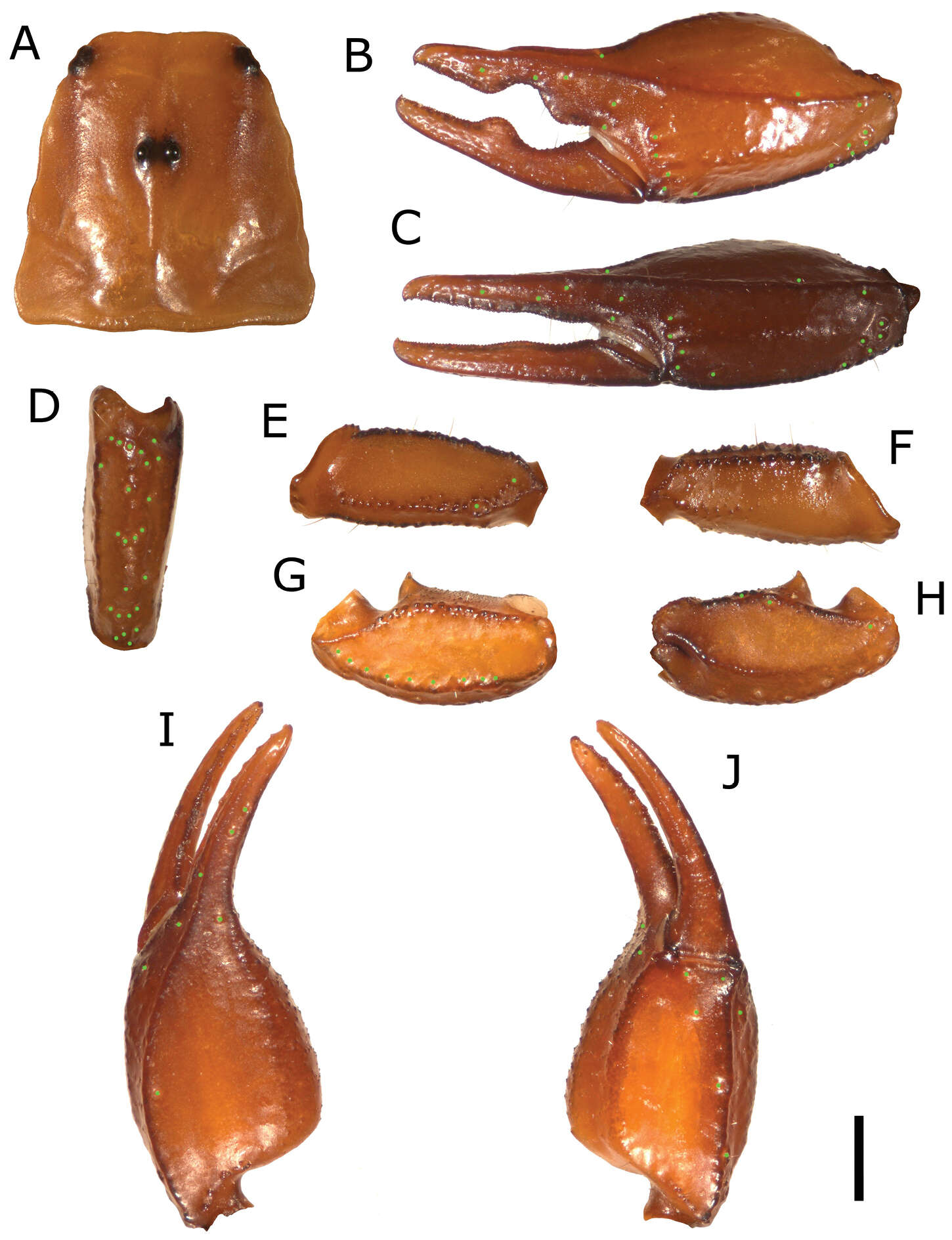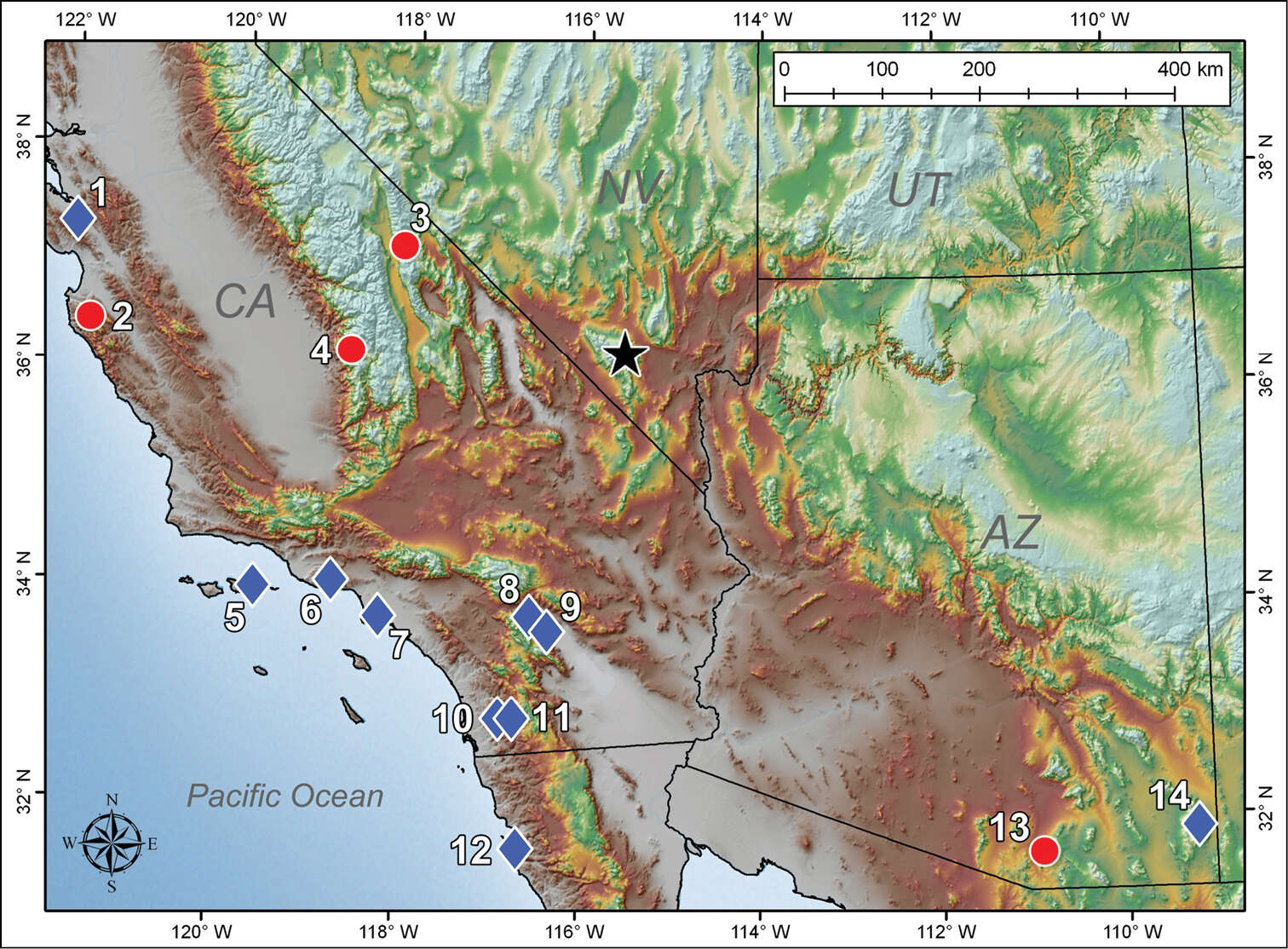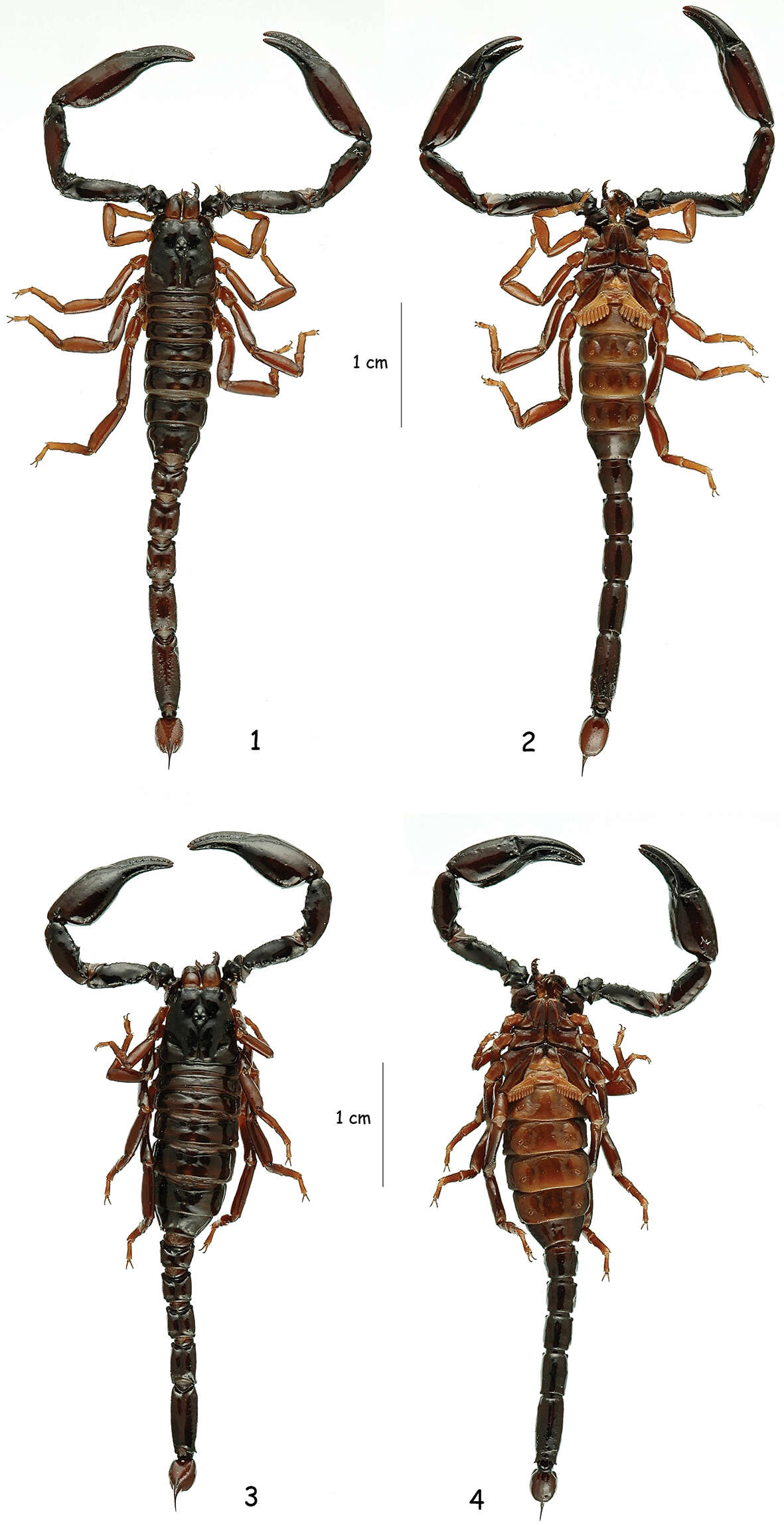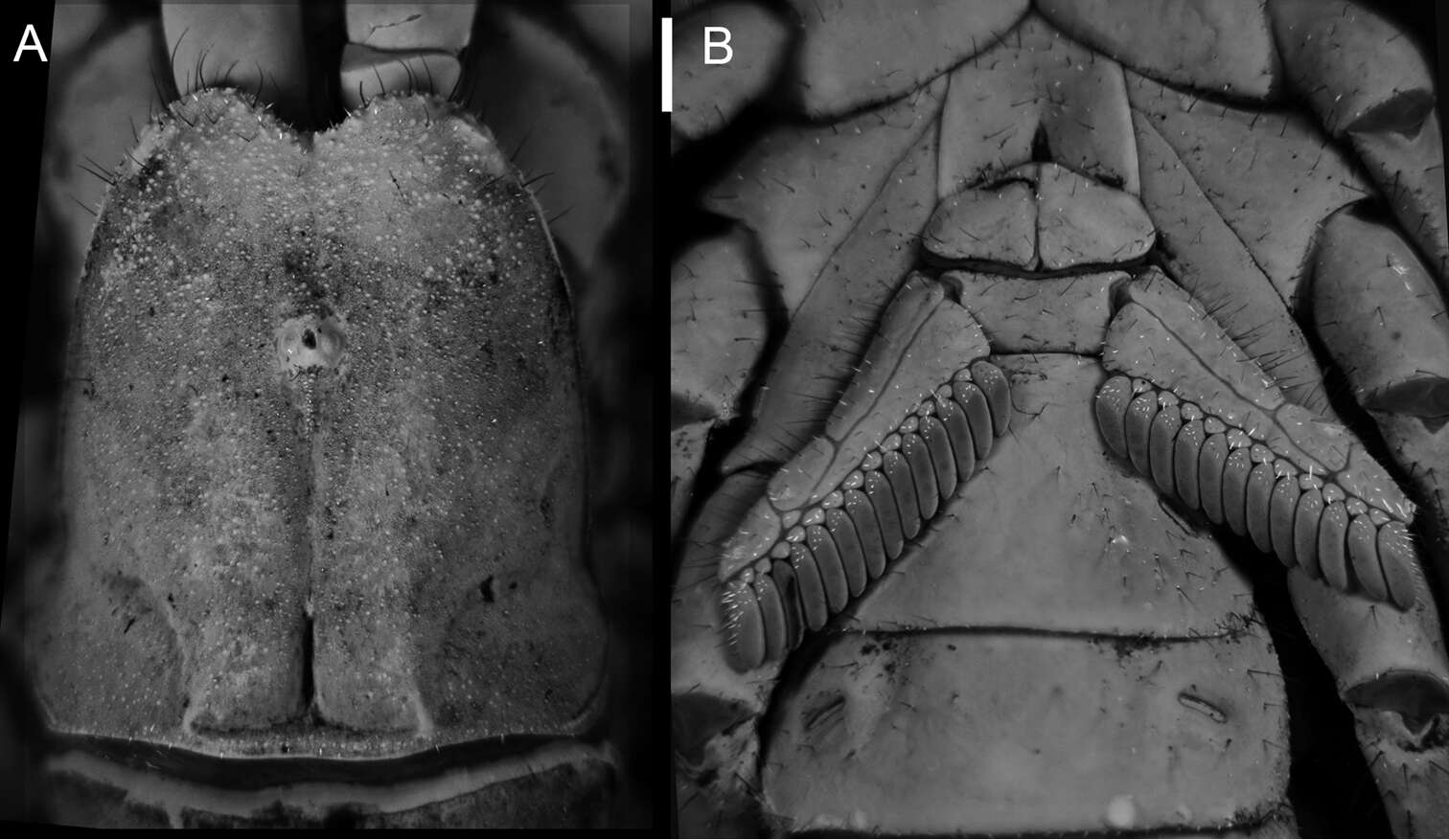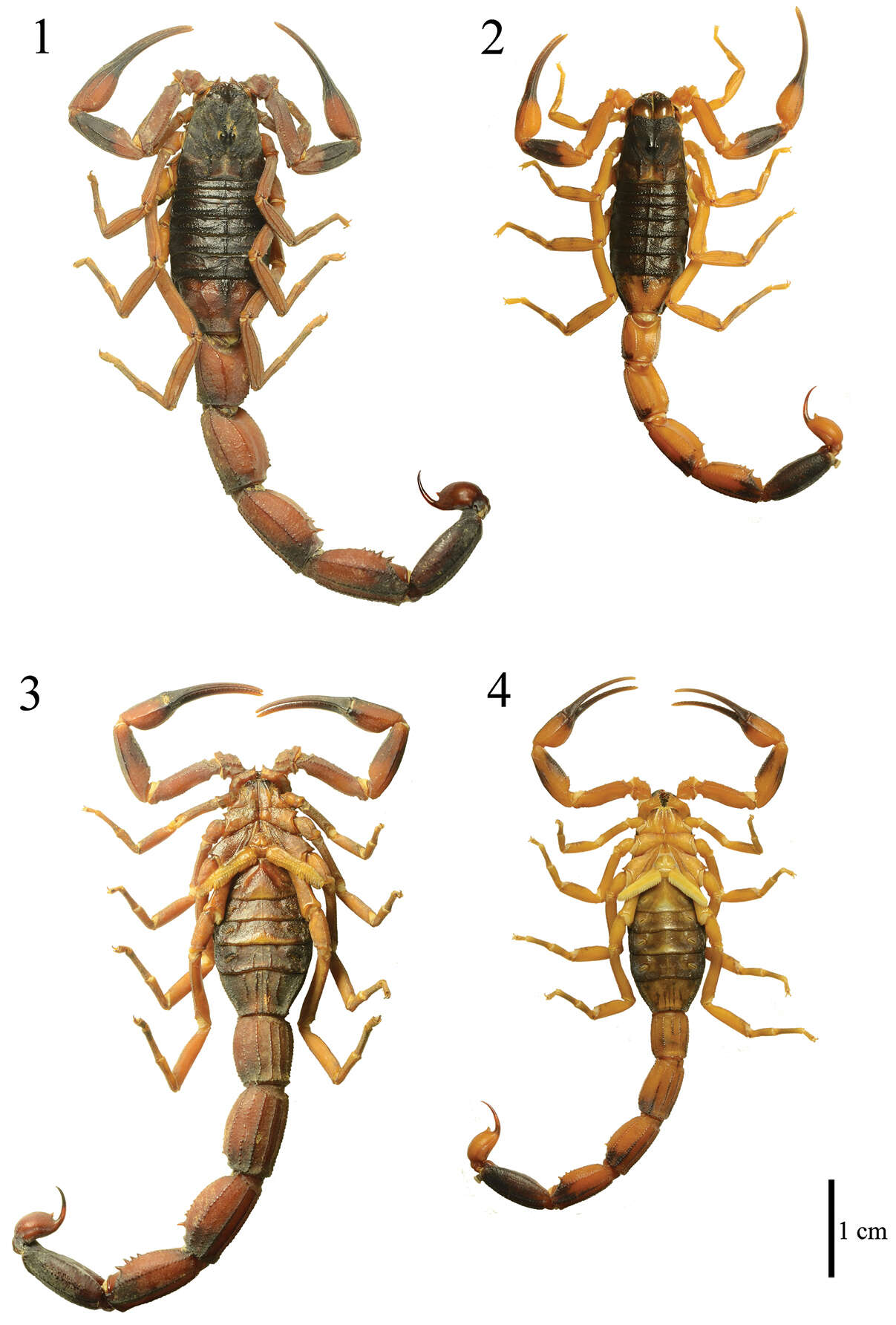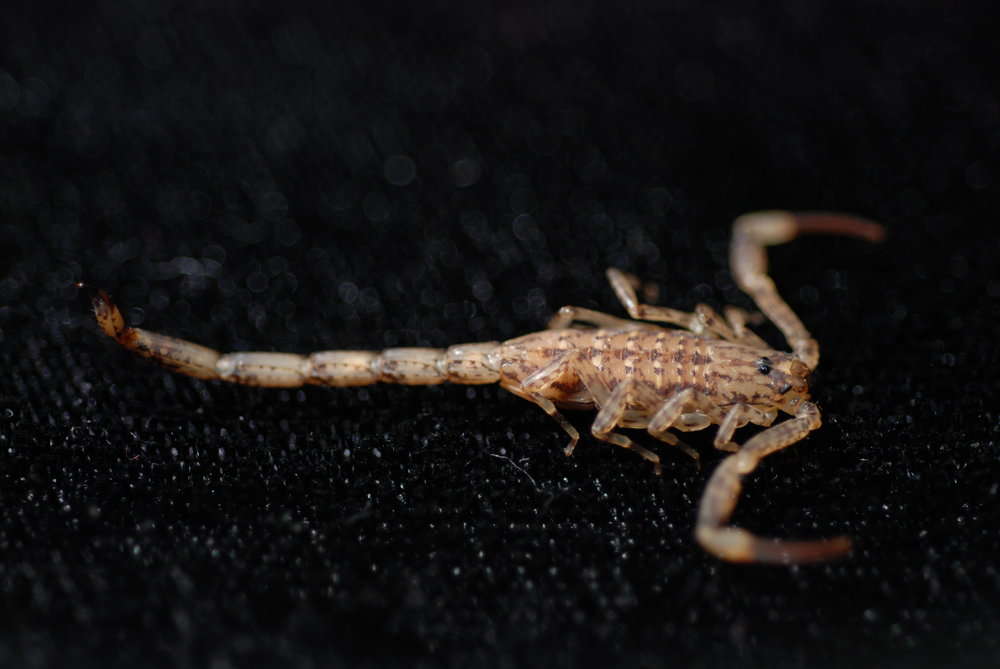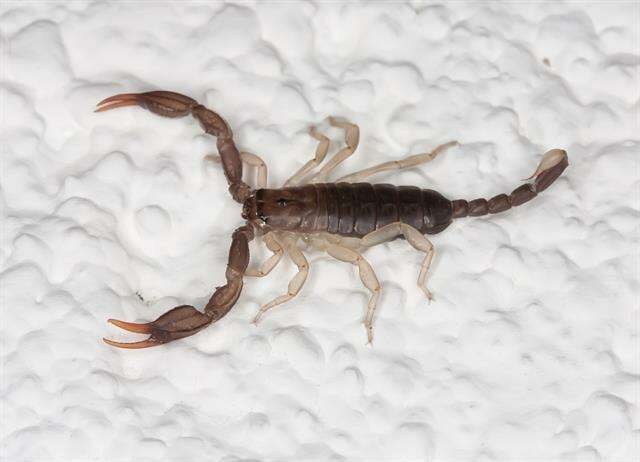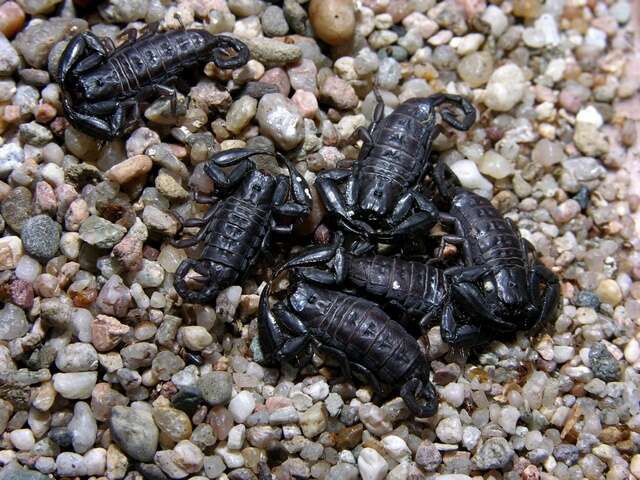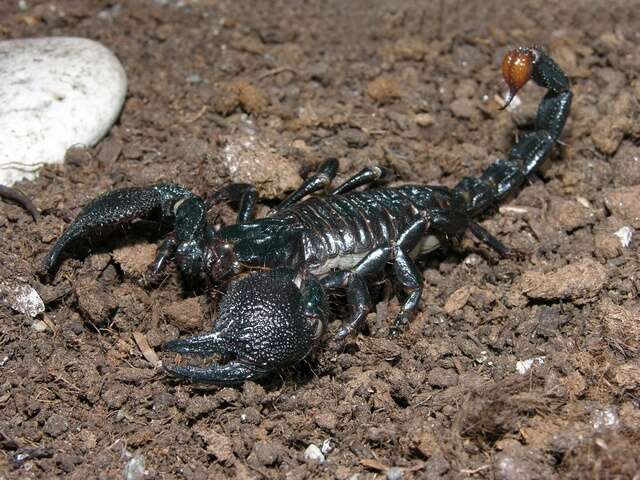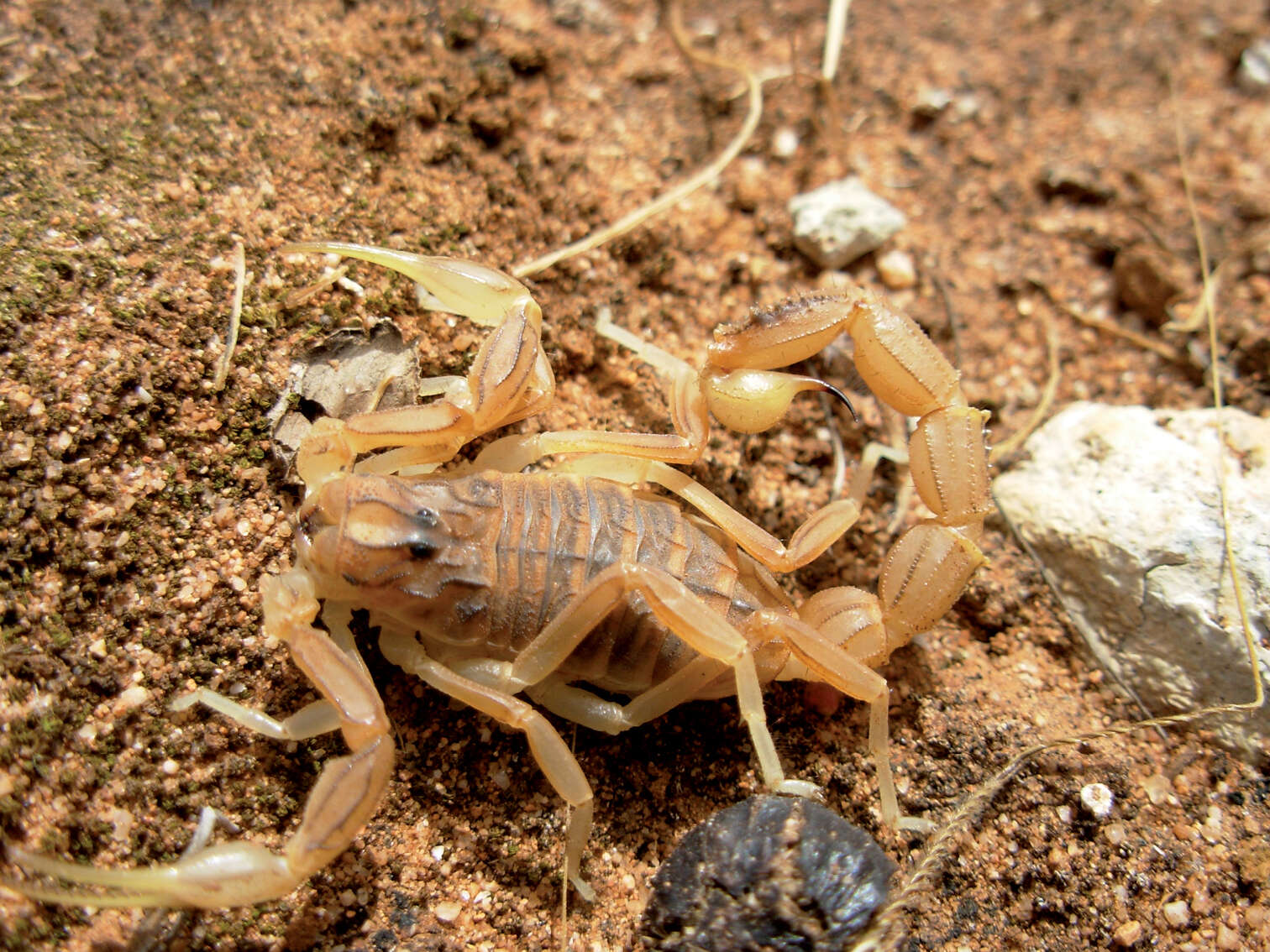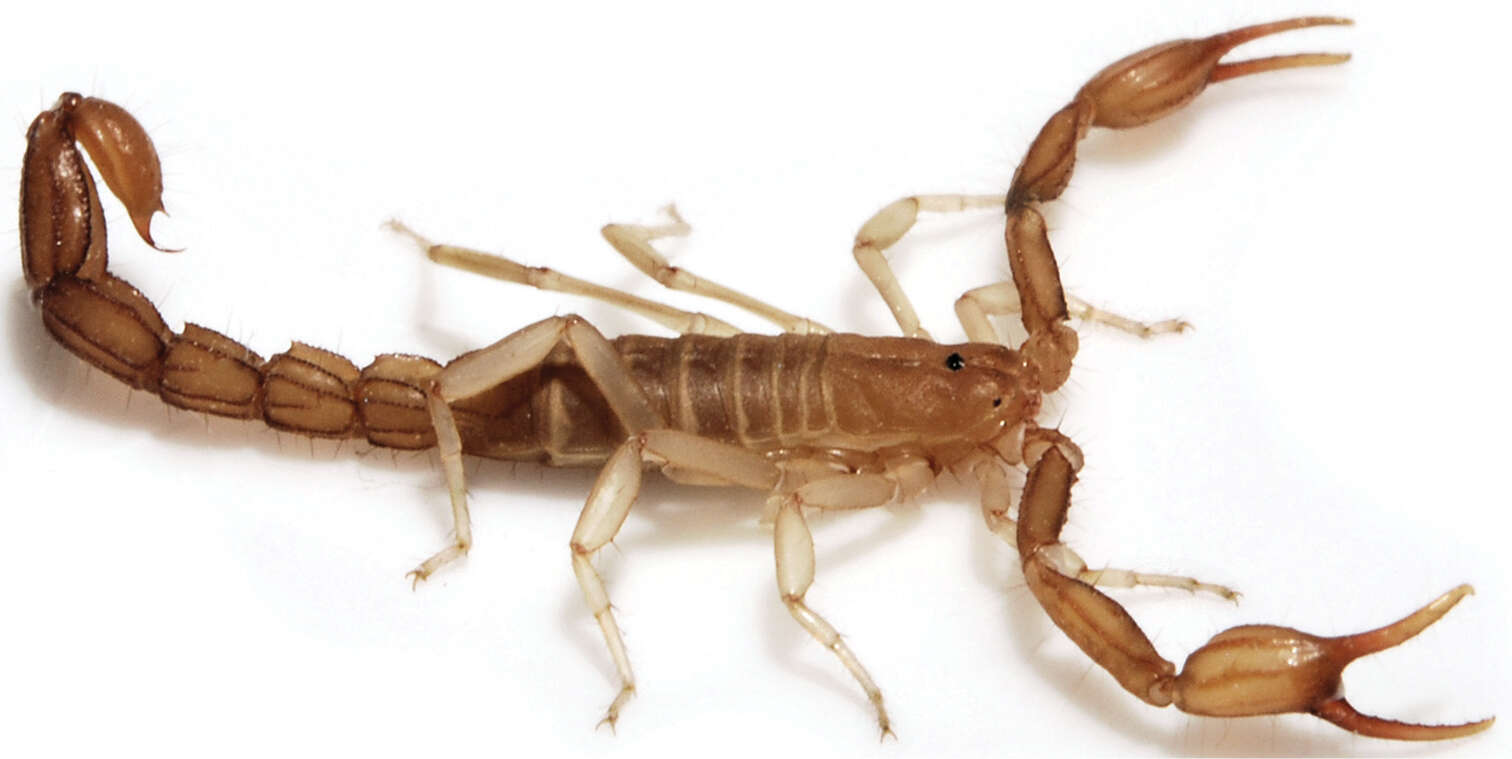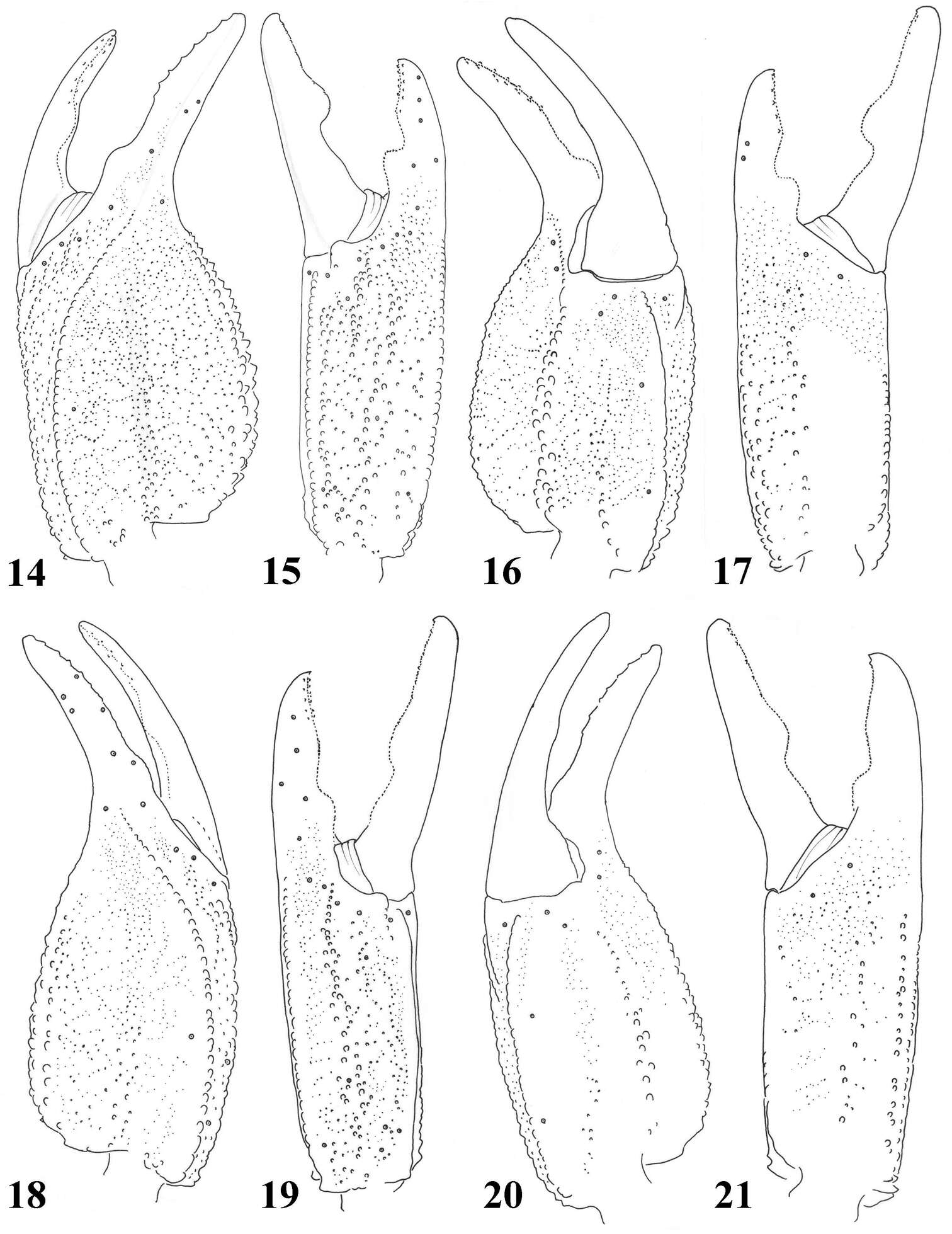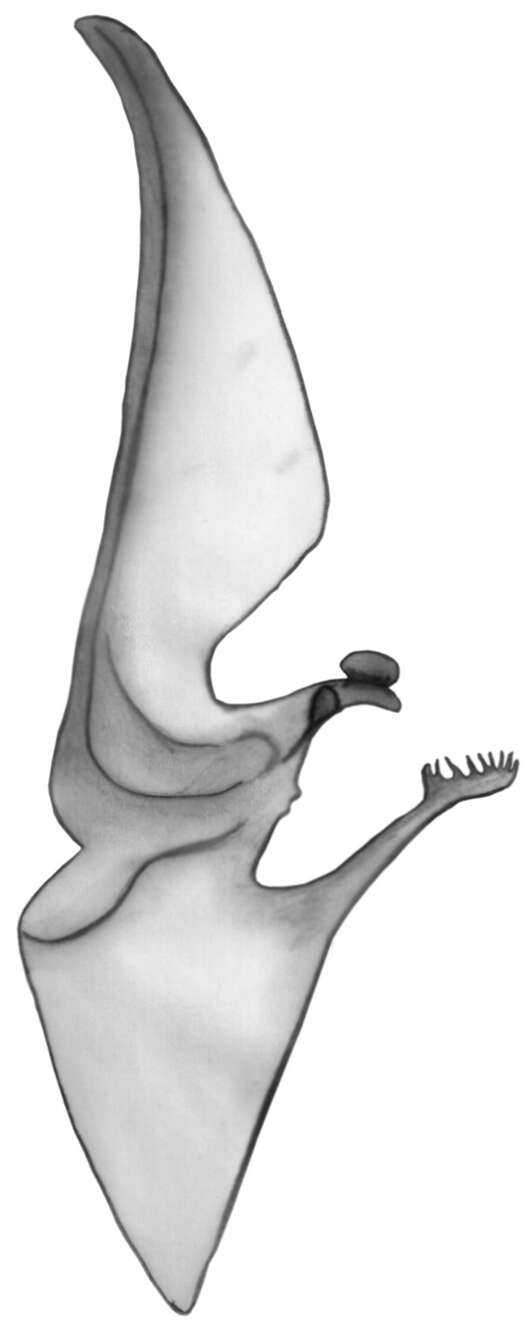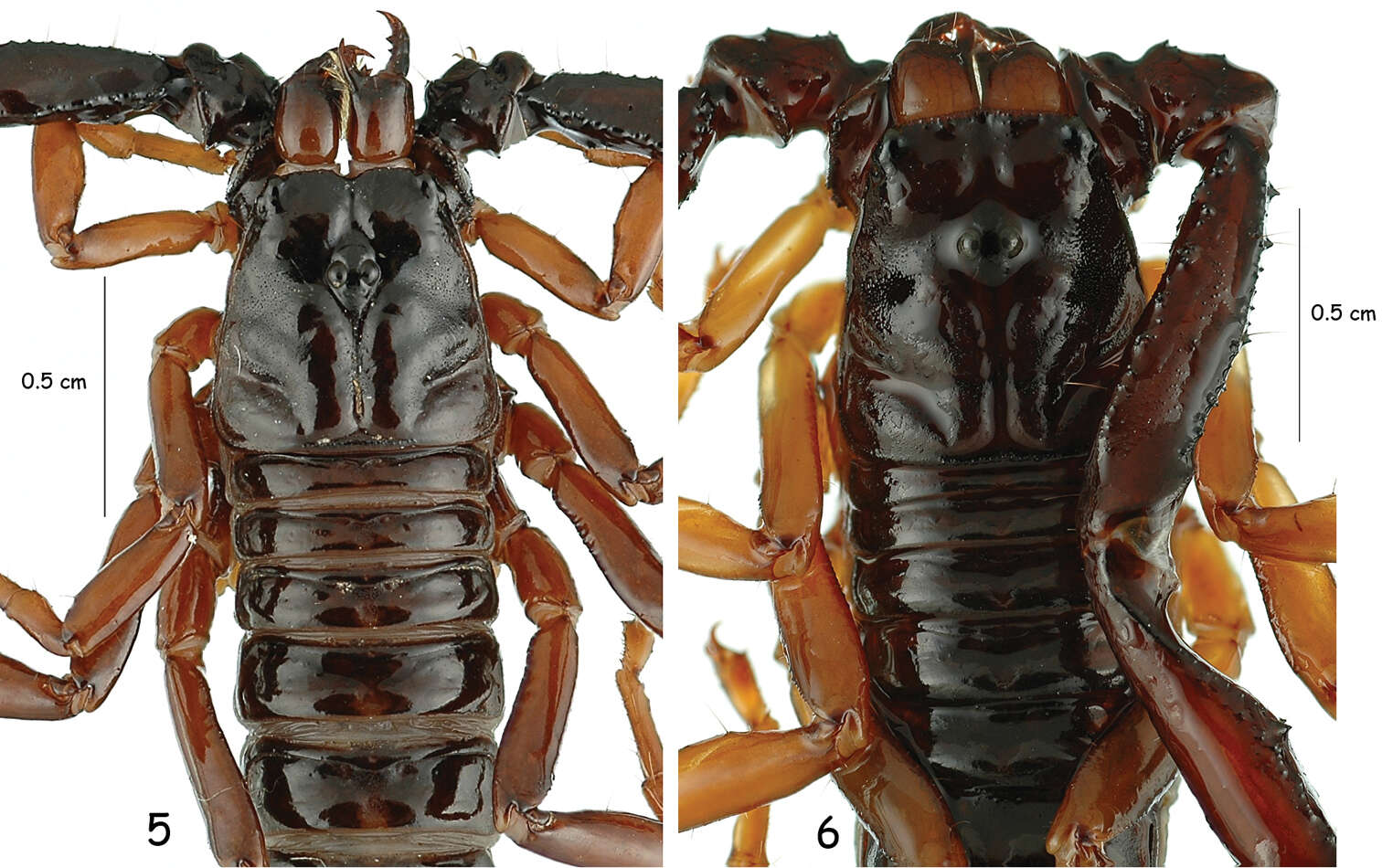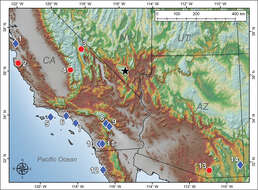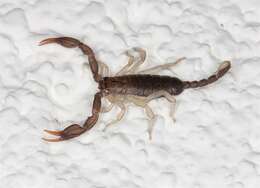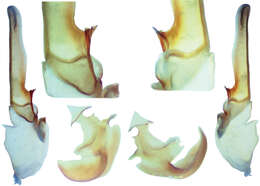-
All Biocode files are based on field identifications to the best of the researcher’s ability at the time.
-
France
-
Døstrup ved Hobro, Jylland
-
Ischnuridae
-
Ersen Aydın Yağmur, Halil Koç, Wilson R. Lourenço
Zookeys
Figures 1–3.Buthus kunti sp. n. 1 Carapace of female holotype 2 female holotype from Karpaz 3 Ditto, ventral view.
-
Michael M. Webber, Matthew R. Graham, Jef R. Jaeger
Zookeys
Figure 1.Distribution of Wernerius inyoensis sp. n. (red circle, Inyo Mountains, California) and closely related species: Wernerius spicatus (green triangle, San Bernardino Mountains, California) and Wernerius mumai (blue diamond, Parker and Black Mountain, Arizona).
-
Richard F. Ayrey, Michael M. Webber
Zookeys
Figure 1.Vaejovis brysonisp. n., paratype female in natural habitat.
-
Zhiyong Di, Xiaobo Xu, Zhijian Cao, Yingliang Wu, Wenxin Li
Zookeys
Figure 1.Habitus of Scorpiops atomatus, male, holotype, dorsal view.
-
Ersen Aydın Yağmur, Gioele Tropea, Fatih Yeşilyurt
Zookeys
Figure 1.A carapace B external view of chela of the adult male C external view of chela of the adult female D external view of pedipalp patella E dorsal view of pedipalp femur F ventral view of pedipalp femur G ventral view of pedipalp patella H dorsal view of pedipalp patella I dorsal view of chela J ventral view of chela. (Scale bar=1 mm).
-
Amanda E. Tate, Rebecca R. Riddle, Michael E. Soleglad, Matthew R. Graham
Zookeys
Figure 1.Map depicting the distribution of Pseudouroctonus peccatum sp. n. (black star) and type localities of geographically proximate species in genus Pseudouroctonus (blue diamonds) and Uroctonites (red circles): 1 Pseudouroctonus glimmei (Hjelle, 1972) 2 Uroctonites montereus (Gertsch & Soleglad, 1972) 3 Uroctonites giulianii William & Savary, 1991 4 Uroctonites sequoia (Gertsch & Soleglad, 1972) 5 Pseudouroctonus minimus thompsoni (Kraepelin, 1911) 6 Pseudouroctonus angelenus (Gertsch & Soleglad, 1972) 7 Pseudouroctonus minimus minimus (Kraepelin, 1911) 8 Pseudouroctonus bogerti (Gertsch & Soleglad, 1972) 9 Pseudouroctonus andreas (Gertsch & Soleglad, 1972) 10 Pseudouroctonus williamsi (Gertsch & Soleglad, 1972) 11 Pseudouroctonus minimus castaneus (Gertsch & Soleglad, 1972) 12 Pseudouroctonus rufulus (Gertsch & Soleglad, 1972) 13 Uroctonites huachuca (Gertsch & Soleglad, 1972) 14 Pseudouroctonus apacheanus (Gertsch & Soleglad, 1972).
-
Figures 1–4.Chactas moreti sp. n., male holotype and female paratype. Dorsal and ventral aspects.
-
Carlos Eduardo Santibáñez-López
Zookeys
Figure 1.Diplocentrus franckei sp. n., A Carapace, dorsal aspect B sternum, genital operculum and pectines, ventral aspect.
-
Maria Dulcinéia Sales dos Santos, Tiago Jordão Porto, Rejâne Maria Lira-da-Silva, Tania Kobler Brazil
Zookeys
Figures 1–4.Tityus kuryi. Male (MZUFBA 2569 - Palmeiras, Bahia, Brasil): dorsal (1) and ventral (3) views. Mature female (MZUFBA 2451 - Ibicoara, Bahia, Brazil): dorsal (2) and ventral (4) views.
-
All Biocode files are based on field identifications to the best of the researcher’s ability at the time.
-
France
-
Døstrup ved Hobro, Jylland
-
Udstilling Hobro
-
Ersen Aydın Yağmur, Halil Koç, Wilson R. Lourenço
Zookeys
Figure 4.Buthus kunti sp. n., subadult male paratype from Zafer headland.
-
Michael M. Webber, Matthew R. Graham, Jef R. Jaeger
Zookeys
Figure 2.Wernerius inyoensis sp. n. in vivo.
-
Richard F. Ayrey, Michael M. Webber
Zookeys
Figure 2.Vaejovis brysoni sp. n., paratype female dorsal and ventral views.
-
Zhiyong Di, Xiaobo Xu, Zhijian Cao, Yingliang Wu, Wenxin Li
Zookeys
Figures 14–17.Scorpiops atomatus, male, holotype. Chela (left) dorsal, external, ventral and internal aspects 18–21 Scorpiops atomatus, female, paratype. Chela dorsal, external, ventral and internal aspects.
-
Ersen Aydın Yağmur, Gioele Tropea, Fatih Yeşilyurt
Zookeys
Figure 7.Left hemispermatophore of Euscorpius lycius sp. n.
-
Amanda E. Tate, Rebecca R. Riddle, Michael E. Soleglad, Matthew R. Graham
Zookeys
Figure 17.Pseudouroctonus peccatum sp. n., male paratype, Spring Mountains, Clark Co., Nevada, USA. Left hemispermatophore and mating plug (both reversed, photographed submerged in alcohol). Outside hemispermatophore, dorsal and ventral views. Top closeup of median area, dorsal and ventral views. Note, due to the translucency of the hemispermatophore,the sclerotized ventral trough is partially visible from the dorsal side. Bottom mating plug. dorsal and ventral views. Note, the sclerotized edge of the mating plug barb is located on the dorsal surface and is partially visible from the ventral side due to the translucency of the plug.
-
Figures 5–6.Carapace and chelicerae of male holotypes of Chactas moreti sp. n. and Chactas mahnerti.


